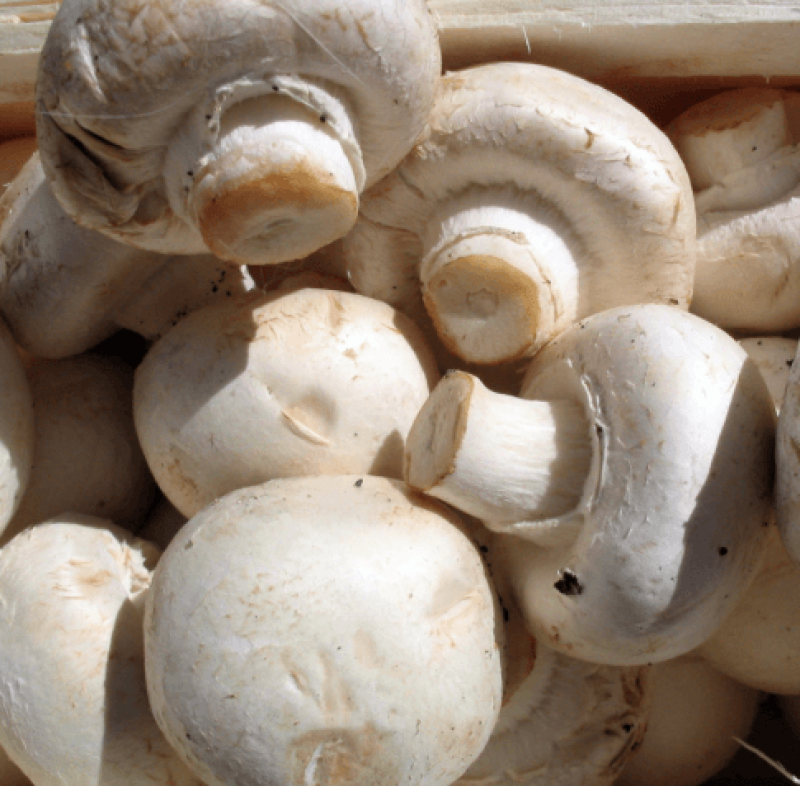The GLP aggregated and excerpted this blog/article to reflect the diversity of news, opinion and analysis.
The US Department of Agriculture (USDA) will not regulate a mushroom genetically modified with the gene-editing tool CRISPR–Cas9.
The long-awaited decision means that the mushroom can be cultivated and sold without passing through the agency’s regulatory process — making it the first CRISPR-edited organism to receive a green light from the US government.
. . . .
Yinong Yang, a plant pathologist at Pennsylvania State University (Penn State) in University Park, engineered the common white button (Agaricus bisporus) mushroom to resist browning. The effect is achieved by targeting the family of genes that encodes polyphenol oxidase (PPO) — an enzyme that causes browning. By deleting just a handful of base pairs in the mushroom’s genome, Yang knocked out one of six PPO genes — reducing the enzyme’s activity by 30%.
The mushroom is one of about 30 genetically modified organisms (GMOs) to sidestep the USDA regulatory system in the past five years. In each case, the agency’s Animal and Plant Health Inspection Service (APHIS) has said that the organisms — mostly plants — do not qualify as something the agency must regulate. (Once a crop passes the USDA reviews, it may still undergo a voluntary review by the US Food and Drug Administration.)
Several of the plants that bypassed the USDA were made using gene-editing techniques such as the zinc-finger nuclease (ZFN) and transcription activator-like effector nuclease (TALEN) systems. But until now, it was not clear whether the USDA would give the same pass to organisms engineered with science’s hottest new tool, CRISPR–Cas9.
. . . .
Yang’s mushroom did not trigger USDA oversight because it does not contain foreign DNA from ‘plant pests’ such as viruses or bacteria. . . .
Read full, original post: Gene-edited CRISPR mushroom escapes US regulation































